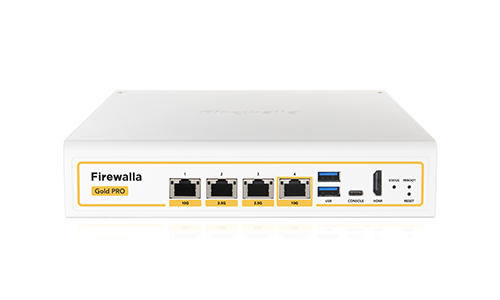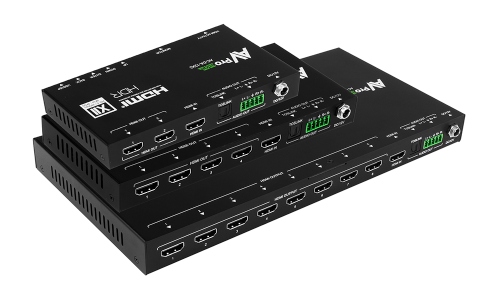It figures that if home-automation leader Crestron were to build a smart bulb, it would be smarter than other smart bulbs. Indeed, the company filed a patent application that describes how a bulb in a lamp fixture could be controlled locally at the bulb itself, but also via an app or smart-home system – even if the bulb is turned “off” at the lamp location.
Smart bulbs might be all the rage, but they are troublesome because they must always remain in the “on” position in order to control them remotely.
Crestron’s patent application for a “wireless replacement LED bulb with one or more accompanying control switches” (#20170171948) describes a solution to this problem. It was filed on Dec. 15, 2015 and published on June 15, 2017. Doug Jacobson is listed as the inventor.
The problem is that users want to be able to control lights locally, as well. In the case of a lamp, you might want to flip the switch to turn off the light – right then and there, without having to pull out your phone.
Once it’s powered off, however, you can’t use an app to turn it on, much less dim it or perform other lighting feats. It needs power, so the switch must stay on.
Update: Sengled

Doh! Just after we posted this piece, several folks told us Sengled already has a product similar to the Crestron invention: the ZigBee-enabled Element Touch.
The invention is for a smart bulb with a local “on/off” switch built in. The quote marks are because flipping this switch doesn’t actually turn the bulb off. It just dims it all the way down so it appears to be off. You can still control it remotely.
Power to the lamp is maintained through the always-on original switch.
The integrated “switch” on the smart bulb can take a number of forms. The patent outlines ideas such as a rotatable collar at the base of the bulb; an “electrically conductive surface” somewhere on the bulb or harness; or a fancy-pants replacement of the old rotary lamp switch.
Yank the black plastic cap off the rotary shaft on the lamp, and replace it with a digital version that communicates with the bulb. Crestron offers a number of clever ideas for the replacement rotary, such as units that can be pushed in, pulled out and rotated.
Also noted in the patent application is a mechanism to alert users if the lamp is powered off. A battery on the lamp itself could power an LED indicator and/or send a message via the network.
Alternatively, a replacement rotary knob might generate enough kinetic energy to send an alert after power is removed. I don’t recall reading it in the patent application but certainly energy harvested from the ambient light could power an LED indicator or a message over the network.
Because it’s tempting for someone, especially a guest, to turn the “real” switch off, you have to find some way to keep it in the on position.
Crestron has a few solutions for this, too … like a cap that snaps over the switch.
Is it Practical?
In the early days of smart bulbs, the power-off problem was a big one. Today, however, new solutions address the issue with wireless switches that can be mounted near a lamp or over an in-wall toggle (like the GoControl Z-Wave switch cover).
One could imagine, for example, a Logitech Pop button stuck underneath the lampshade or on a nearby wall.
Easier still, forget about a smart bulb and use a smart light socket like Emberlight’s or iDevices’. Put a local controller on the socket instead of the bulb.
A few twists on Crestron’s invention could improve usability, I think. Why not put the local control mechanism on a cover that snaps over the existing switch or rotary? You get a two-fer: lock the power in the on position while providing a local control point.
Or provide a discreet control pad that adheres to the lamp shade or base. It could be powered by ambient light.
It’s clear that smart bulbs aren’t going away. It’s also clear they need to be smarter. We can imagine that Crestron might embed its infiNET ZigBee-based wireless technology in a smarter bulb.
More likely, however, they would build their “smarter” technology into a lamp socket or else build a smaller version of their wireless infiNET button that would stick to the lamp’s shade, cord, base or stand.
If you enjoyed this article and want to receive more valuable industry content like this, click here to sign up for our digital newsletters!










